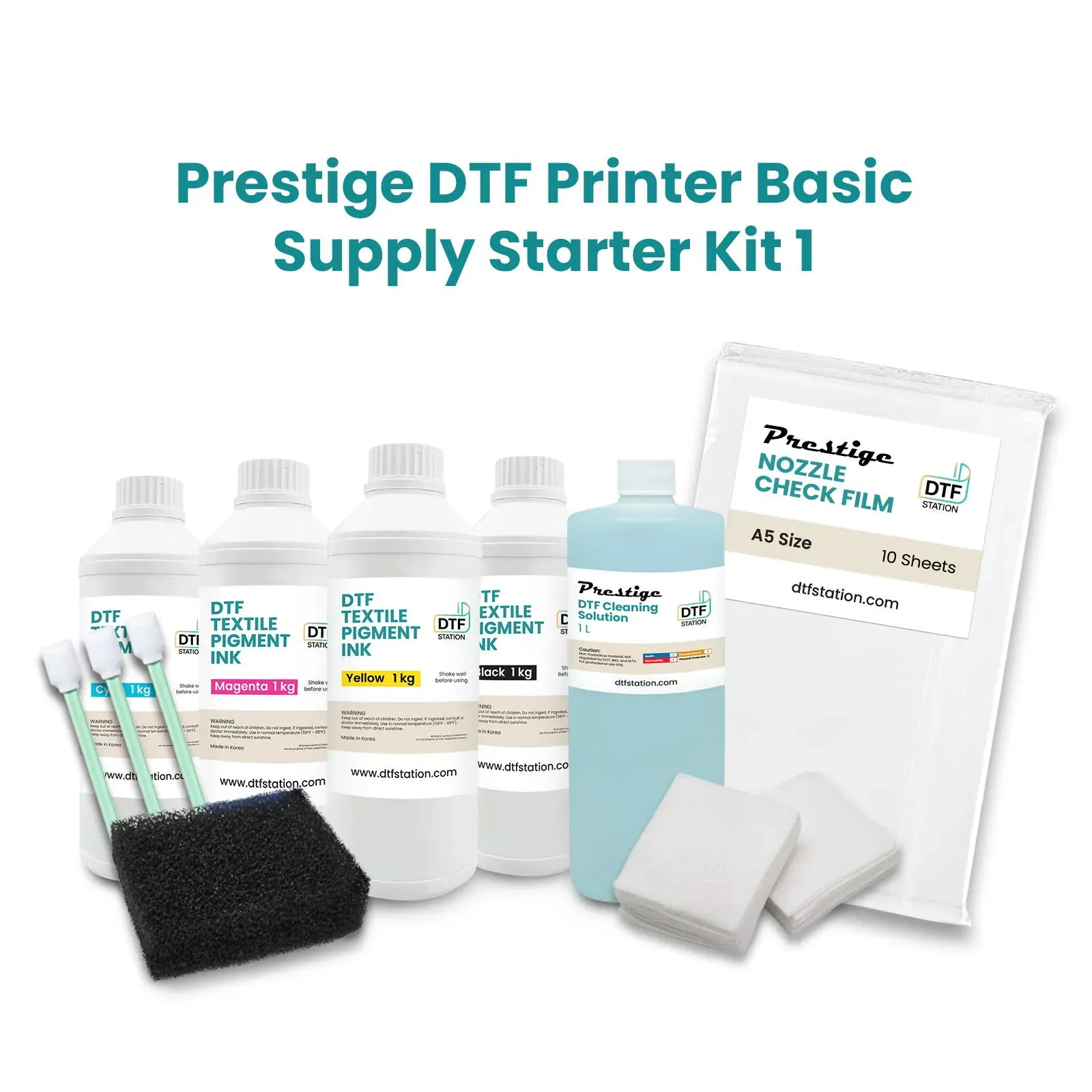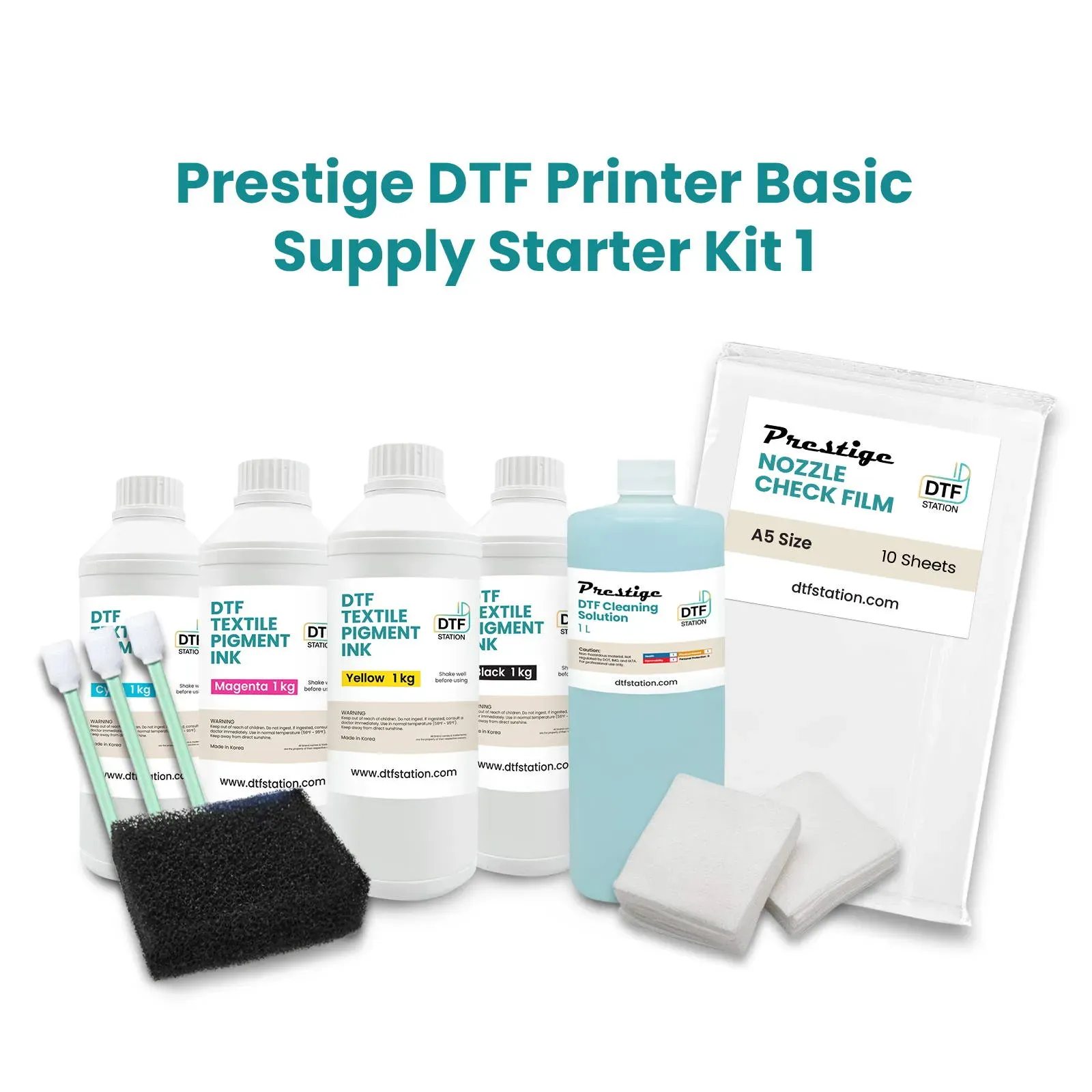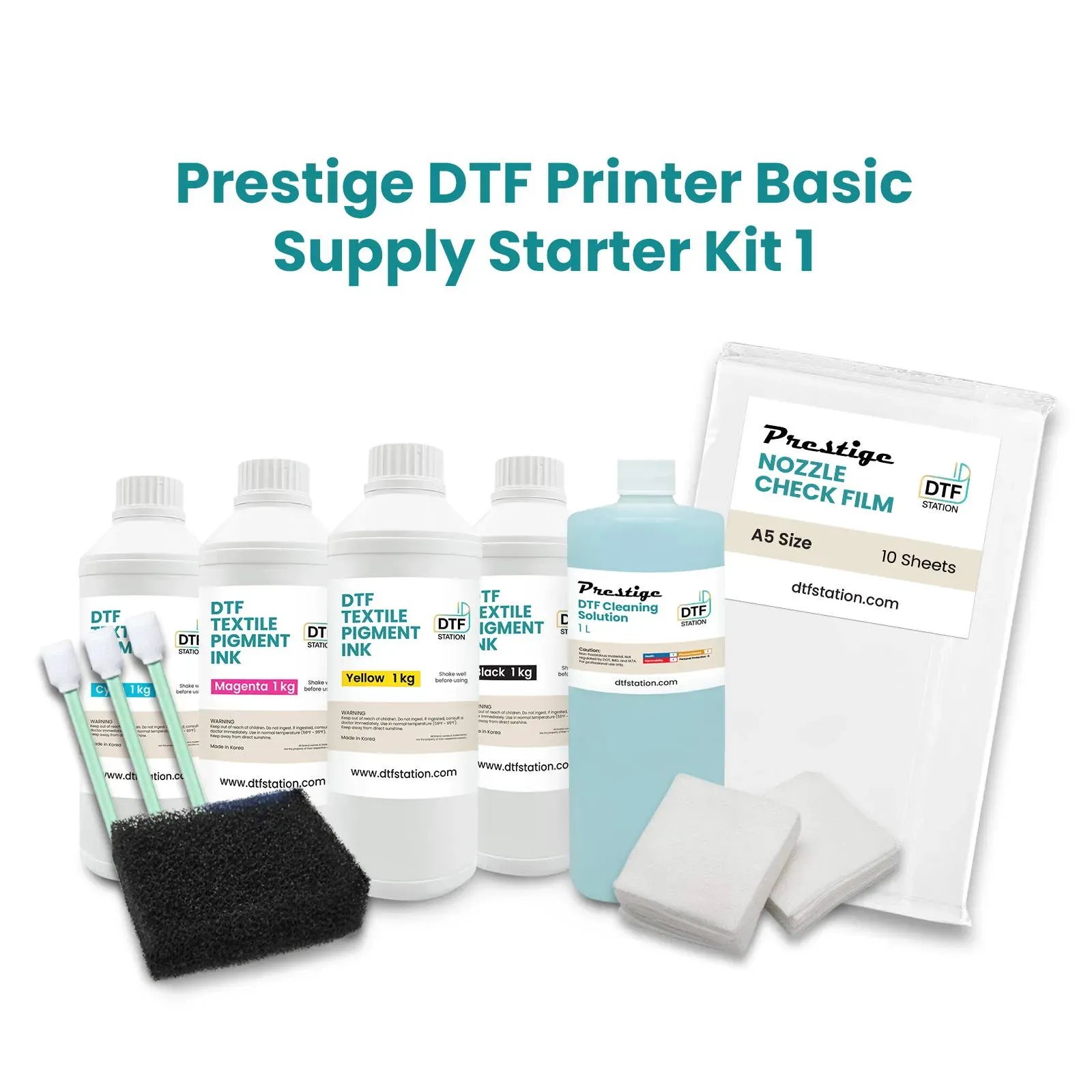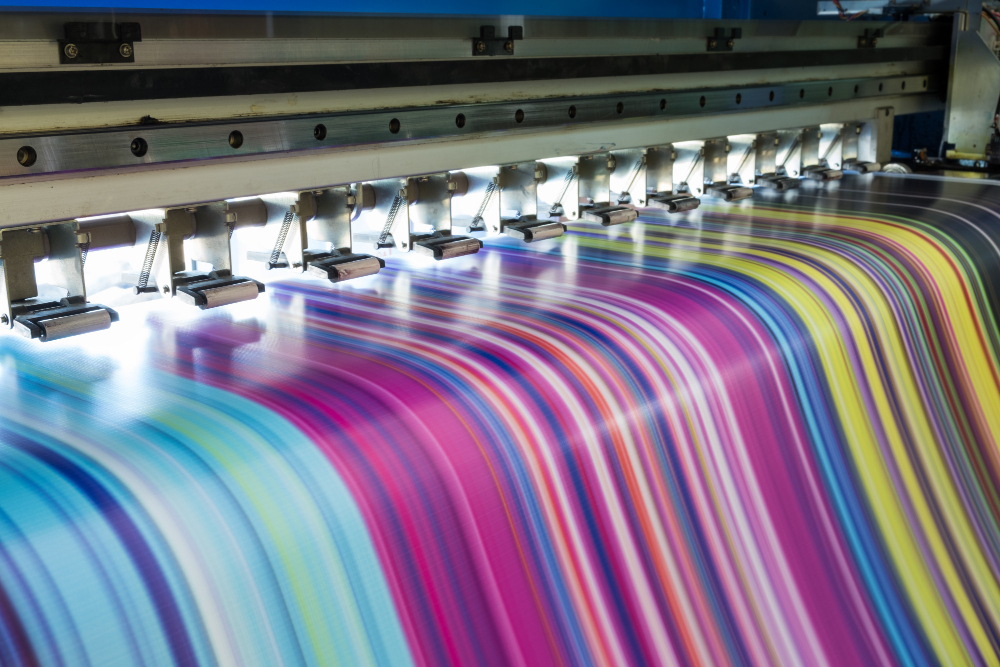DTF Supplies: Your Ultimate Guide to Choosing Wisely
In the competitive landscape of the printing industry, DTF Supplies have emerged as a game-changer, enabling creatives to produce stunning designs with ease. Understanding how to choose DTF supplies is pivotal for any printing business aiming to elevate their offerings and enhance quality. This guide will explore the best DTF printing materials, providing insights on the right tools and techniques to achieve remarkable results. From DTF printer recommendations to a practical DTF printing supplies guide, we will cover essential tips that ensure you maximize your investment. With the right DTF inks and films, you’ll be poised to meet and exceed customer expectations, setting your business apart in a bustling market.
The realm of Direct to Film printing represents a technological innovation that is reshaping custom printing services. When discussing the necessary components for this process, one might refer to it as DTF materials, which encapsulate everything from specialty printers to transfer films and inks optimized for adhesion. Understanding the intricacies of selecting the right items, including the most effective DTF printer options and reliable adhesive powders, is crucial for optimal outcomes. In this comprehensive overview, we will not only explore the best supplies available but also provide a roadmap for your DTF journey, helping you navigate this exciting arena with confidence.
Choosing the Right DTF Printer for Your Business
When selecting a DTF printer for your printing business, it’s essential to prioritize models that are specifically engineered for the unique demands of DTF technology. Look for features such as high print resolution, ideally at least 1440 DPI, which ensures your designs come out crisp and vibrant. Speed is another critical factor; printers that offer adjustable printing speeds can cater to different job requirements, thus optimizing productivity during peak times.
User-friendliness is also a key consideration; an intuitive interface allows for a smoother operation and lessens the time spent on training staff. Additionally, brands that have a proven track record in the DTF market should be at the top of your list. Investing in a quality DTF printer can dramatically affect the quality of your output, supplier reliability, and overall customer satisfaction.
Essential DTF Transfer Films and Their Characteristics
Transfer films play a significant role in the DTF printing process, as they directly influence the quality of the final output. When selecting DTF transfer films, transparency should be a priority, as clear films preserve the vibrancy and integrity of your design colors. Additionally, the type of coating is crucial; different inks may require specific coatings to achieve optimal results. Conducting tests with various films can help you identify the perfect match for your ink and application needs.
Brand reputation also plays a significant role in your selection process. Opting for well-reviewed brands can provide assurance of reliability and high-quality output. The experience of other users can guide you towards films that deliver consistent results and durability, which is essential to maintaining your business’s reputation in the competitive printing market.
Understanding DTF Inks and Their Impact on Quality
The choice of DTF inks can greatly affect the adhesion, vibrancy, and longevity of your prints. Inks specifically formulated for DTF applications ensure that transfers adhere effectively to a variety of substrates, including fabrics and hard surfaces. It’s important to look for inks that demonstrate excellent adhesion characteristics and durability against fading and washing. These attributes can elevate the quality of your prints and contribute to customer satisfaction.
As sustainability becomes a pressing issue, considering eco-friendly ink options is also wise. Many manufacturers are now producing inks that meet environmental standards without sacrificing quality. By choosing sustainable inks, you not only enhance your business’s appeal to environmentally-conscious consumers but also align with current market trends, positioning your company as a leader in responsible printing.
The Role of Adhesive Powders in DTF Printing
Adhesive powders are a critical component of the DTF printing process, serving to ensure that prints adhere properly during application. When selecting adhesive powders, focus on those with optimal flow and adhesion properties. Powders that melt evenly provide the best transfer results, ensuring that your designs remain intact and vibrant. It’s also beneficial to consider powders from well-known manufacturers that are recognized within the industry for producing high-performance supplies.
Moreover, exploring user reviews and feedback can be invaluable. Learning about the experiences of other DTF printers can offer insights into the effectiveness of different adhesive powders and help you avoid common pitfalls product users might have faced. Reliable adhesive powders can make a significant difference in the overall quality and durability of your transfers.
DTF Supplies Compatibility: What to Know
Ensuring compatibility among all your DTF supplies is crucial for achieving optimal printing results. Many printing business owners overlook this aspect and later face logistical challenges that could have been avoided. For example, certain inks may work better with specific types of transfer films or adhesive powders. Conducting thorough research on compatibility ensures that each component of your DTF setup supports and enhances the performance of the others.
Establishing compatibility not only reduces the risk of printing errors but also enhances the overall efficiency of your operations. Prioritizing supplies that are designed to work in harmony can lead to smoother workflows, faster turnaround times, and ultimately, a higher quality product. Therefore, investing time in understanding and ensuring compatibility among your chosen DTF supplies can provide significant long-term benefits.
Current Trends in DTF Printing Supplies
The DTF printing market is evolving, and staying updated with current trends is essential for any printing business looking to thrive. One significant trend is the increasing demand for sustainable printing supplies, including eco-friendly inks and biodegradable substrates. As consumers become more environmentally conscious, businesses that align their supply choices with sustainable practices can gain a competitive edge.
Additionally, technological advancements in printing technology are transforming the DTF landscape. Innovations such as faster print speeds and enhanced color accuracy are becoming industry standards. These improvements not only enhance the quality of prints but can also reduce production times, allowing businesses to meet increased customer demand effectively. By keeping abreast of these trends, printing businesses can position themselves for success in a dynamic and rapidly changing market.
Frequently Asked Questions
How to choose the best DTF supplies for my printing business?
Choosing the best DTF supplies involves evaluating DTF printers, transfer films, inks, and adhesive powders based on compatibility, brand reputation, and user reviews. Always look for high-resolution printers and quality films and inks that ensure durability and adhesion, tailoring your selection to your specific business needs.
What are the best DTF printing materials available?
The best DTF printing materials typically include high-quality DTF inks, transparent transfer films, and reliable adhesive powders. Some recommended brands that are known for their quality and user satisfaction can be found by checking online reviews and industry forums to ensure optimal printing results.
Are there any recommended DTF printers for beginners?
When selecting DTF printers for beginners, look for user-friendly models with at least 1440 DPI print resolution and adjustable speed settings. Brands like Epson and Mimaki have options that cater to newcomers while providing quality outputs, ensuring a smoother start in DTF printing.
What should I consider in a DTF printing supplies guide?
A comprehensive DTF printing supplies guide should encompass details on selecting the right DTF printer, understanding transfer films’ quality, choosing the best inks for adhesion, and selecting adhesive powders that suit your needs. It must also highlight compatibility between these supplies to prevent printing issues.
What types of DTF inks and films are essential for quality printing?
For quality DTF printing, use inks specifically designed for DTF applications ensuring adhesion and durability. Pair these with clear transfer films that complement your ink type and have reputable coating properties to ensure vibrant transfers that last.
How can I ensure the compatibility of my DTF supplies?
To ensure compatibility of your DTF supplies, cross-reference manufacturer guidelines for printers, inks, films, and adhesive powders. Testing combinations can also help you identify the best settings and materials for achieving high-quality prints without operational issues.
| Key DTF Supply Components | Important Considerations |
|---|---|
| DTF Printers | Print Resolution (at least 1440 DPI), Speed, User-Friendliness |
| Transfer Films | Transparency, Coating Types, Brand Reputation |
| Inks | Adhesion and Durability, Eco-Friendly Options |
| Adhesive Powders | Flow and Adhesion Properties, Brand and Quality |
Summary
DTF Supplies play a pivotal role in the success of any printing business. Ensuring that you select the right DTF printers, transfer films, inks, and adhesive powders is fundamental to achieving high-quality outputs. Prioritizing aspects like compatibility, brand reliability, and the latest market trends will allow your business to stand out in a competitive space. Investing in quality DTF supplies not only enhances product durability and vibrancy but also increases client satisfaction. As you navigate the landscape of DTF printing, remember that informed choices in supplies lead to superior printing results and business growth.






